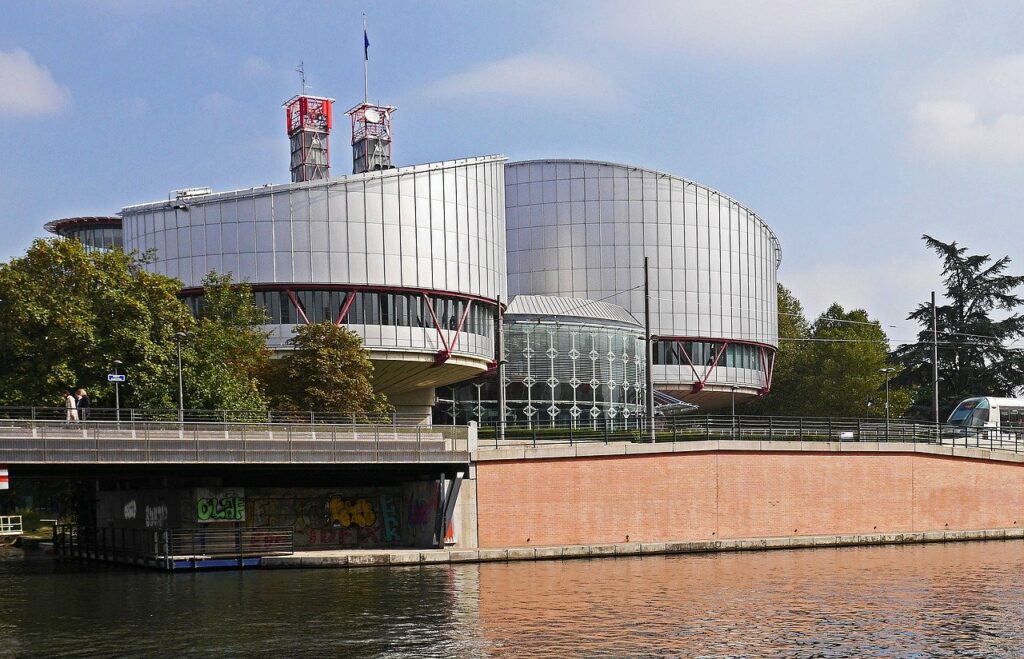Last updated on March 3rd, 2022 at 11:50 am
A woman, who will be identified at Y., has been recognized as a “man” in the proceedings of the first section of the European Court of Human Rights. She is 52 years old, she was born in Poland, she lives in France, she made the “transition” for the change of sex qualifying from that moment on as a man and in 1993 she married, according to the transalpine regulations, a French woman with whom she had a daughter in 2001. Now Y. is in the process of applying for citizenship of her country of choice and adopting a child.
In 1992, after the surgical operation aimed at changing sex, Y. had obtained from her country a birth certificate in an abbreviated form, commonly used for any bureaucratic and administrative act, which reported explicitly her new male identity and that allowed her, in fact, to contract marriage qualifying as “husband”.
In 2011, Y. requested a new birth certificate from the Polish authorities, this time in full form, equally updated to reflect her “male” identity, but it was denied. Indeed, Warsaw stated that the “long form” certificate is a record of the birth as it actually occurred and that most European countries do not alter the original birth records when a person undergoes sex reassignment surgery. The short form certificate is much more commonly used for identification and documentation, while the longer version primarily constitutes a civil document.
Y. at this point submitted an appeal to Strasbourg against the Polish decision, which a few days ago was rejected by the Court, which sided with Warsaw, holding that its policy of not issuing new full birth certificates after a person has undergone sex reassignment surgery is in no way discriminatory.
The first section of the court agreed with Poland, concluding that the country has “[…] the right to maintain accurate birth records and the refusal to amend the long-form version did not have a significant impact on the man’s life[sic].” Moreover, wrote the seven-judge panel, “the plaintiff has not shown that he has suffered sufficiently serious adverse consequences or hardship resulting from the fact that his assigned sex at birth is still visible in the form of an annotation on his full birth certificate.” Finally, “the court pointed out that both his marriage certificate and his daughter’s birth certificate reflected his male identity.” What more could be expected, then?
